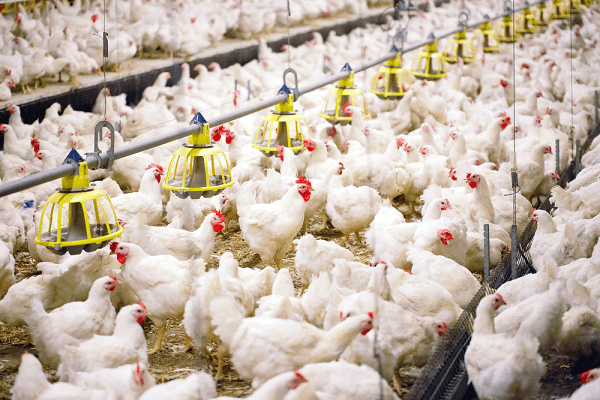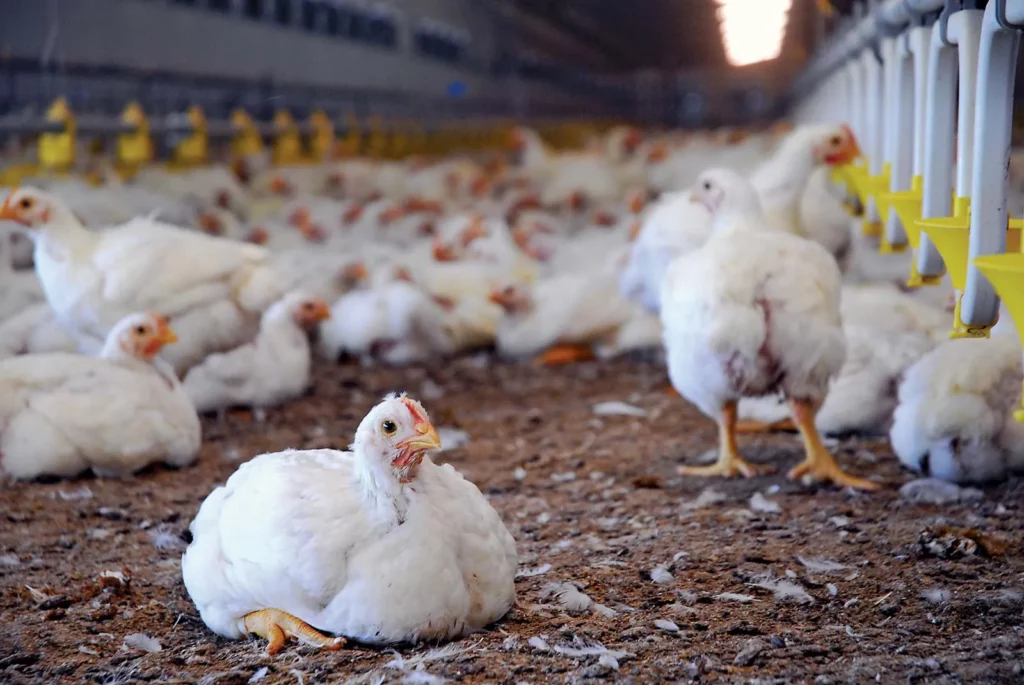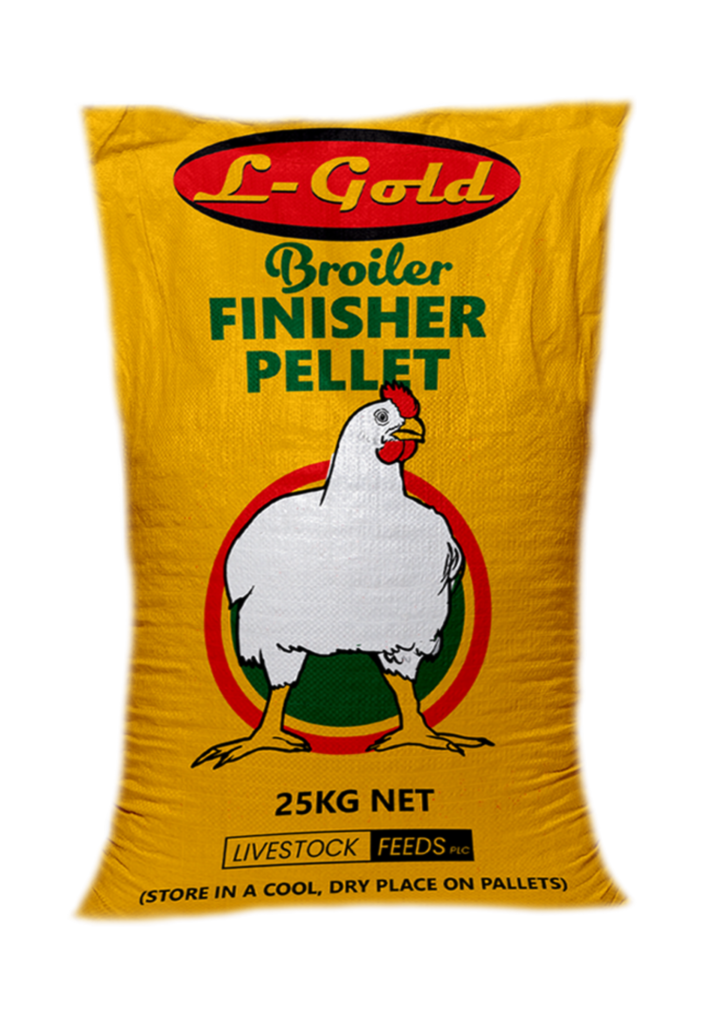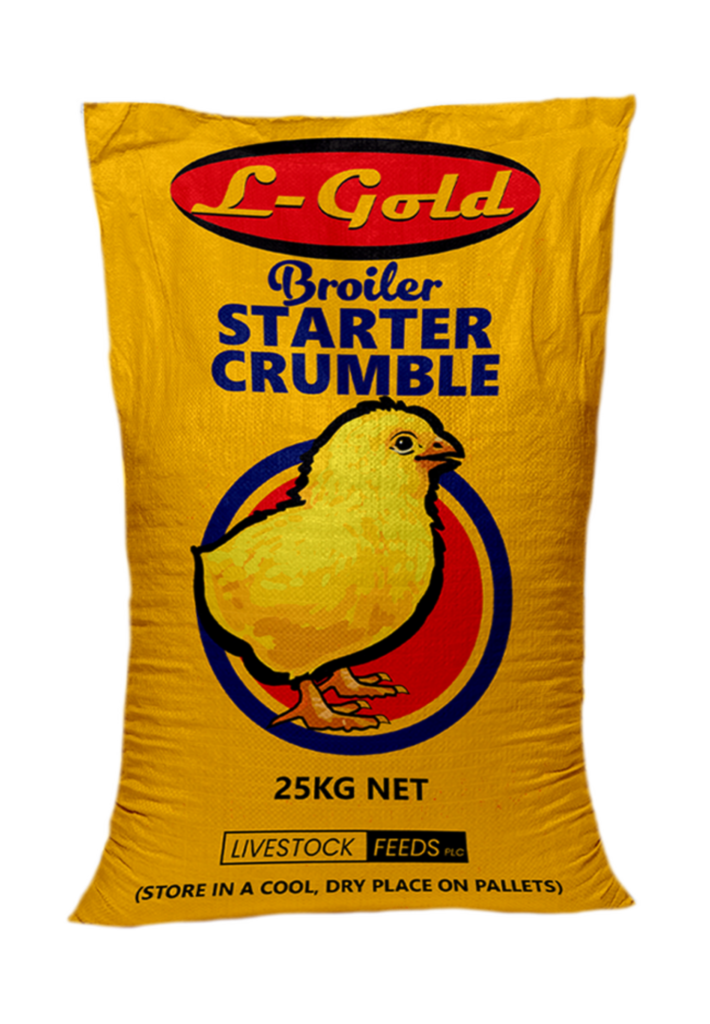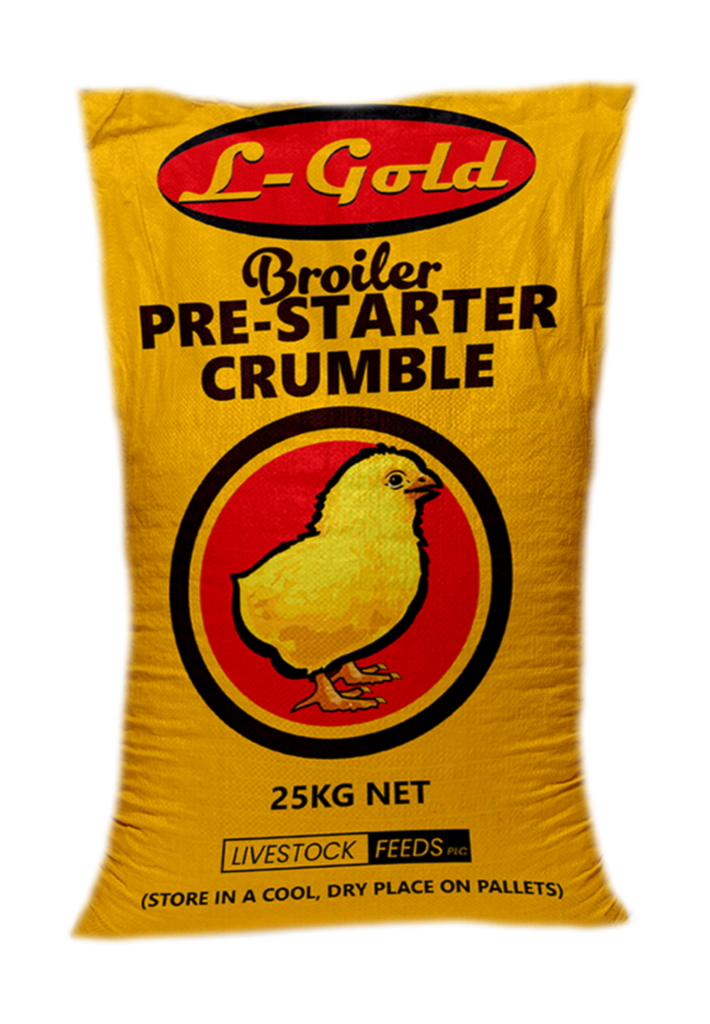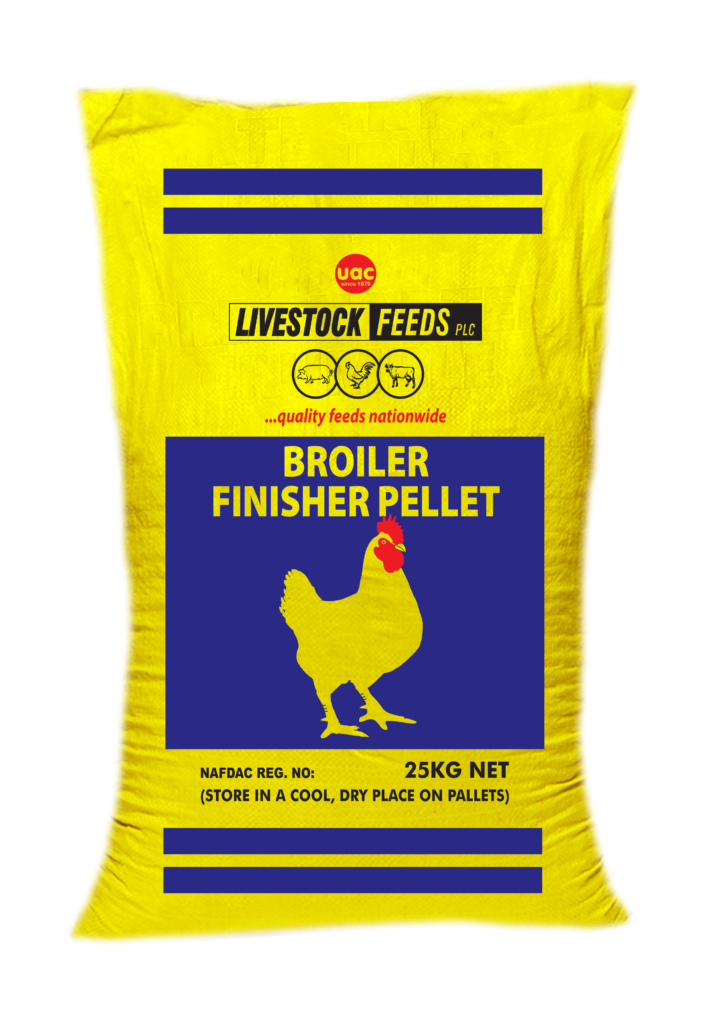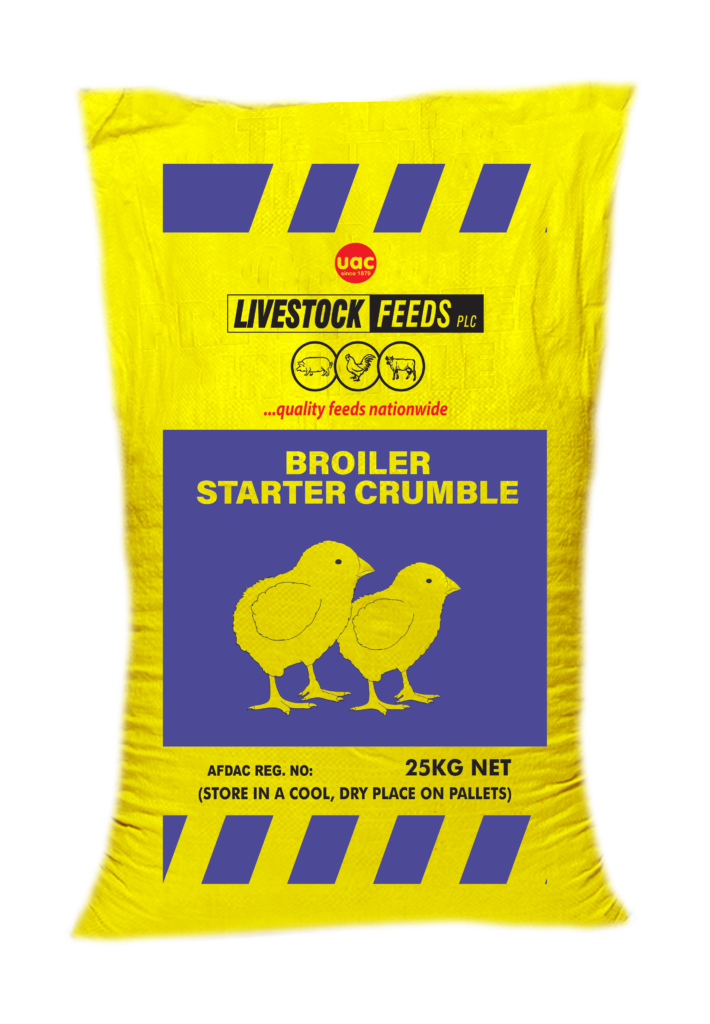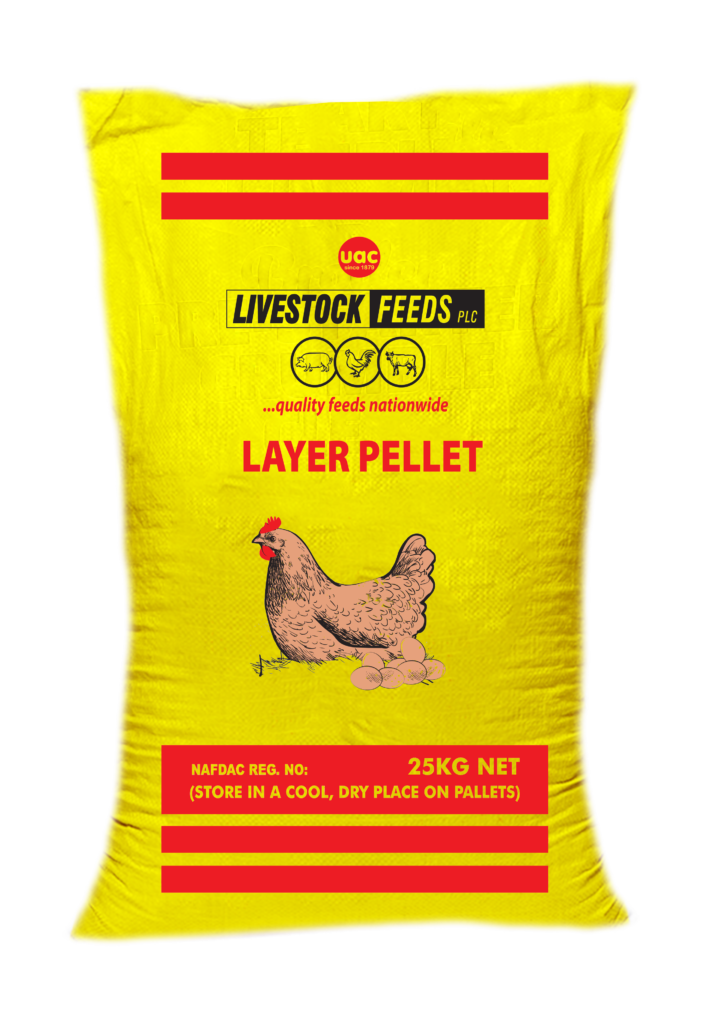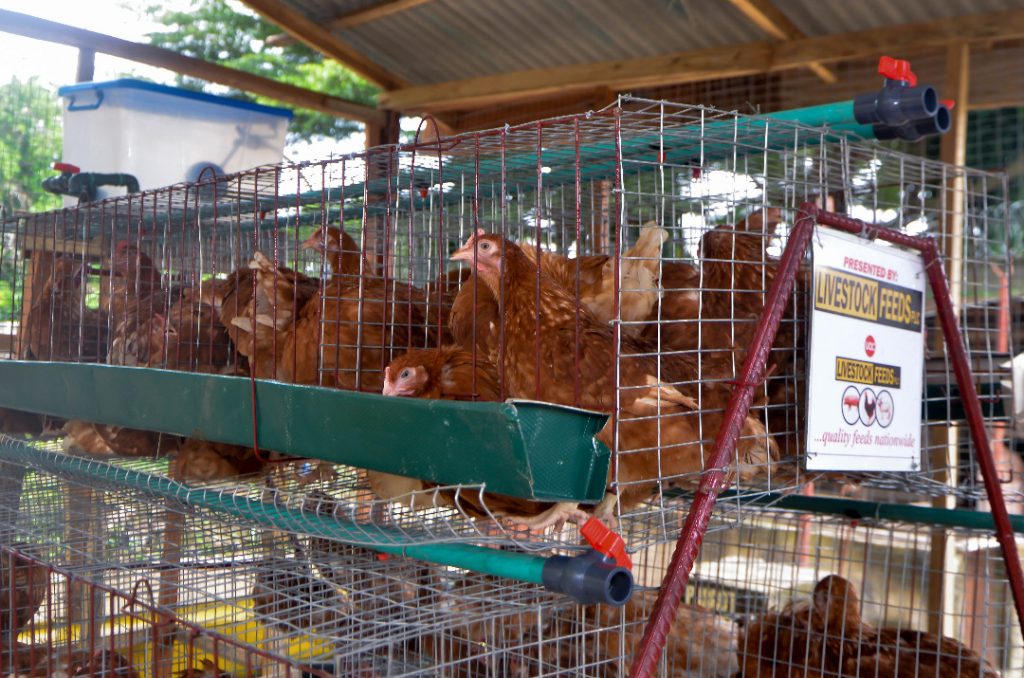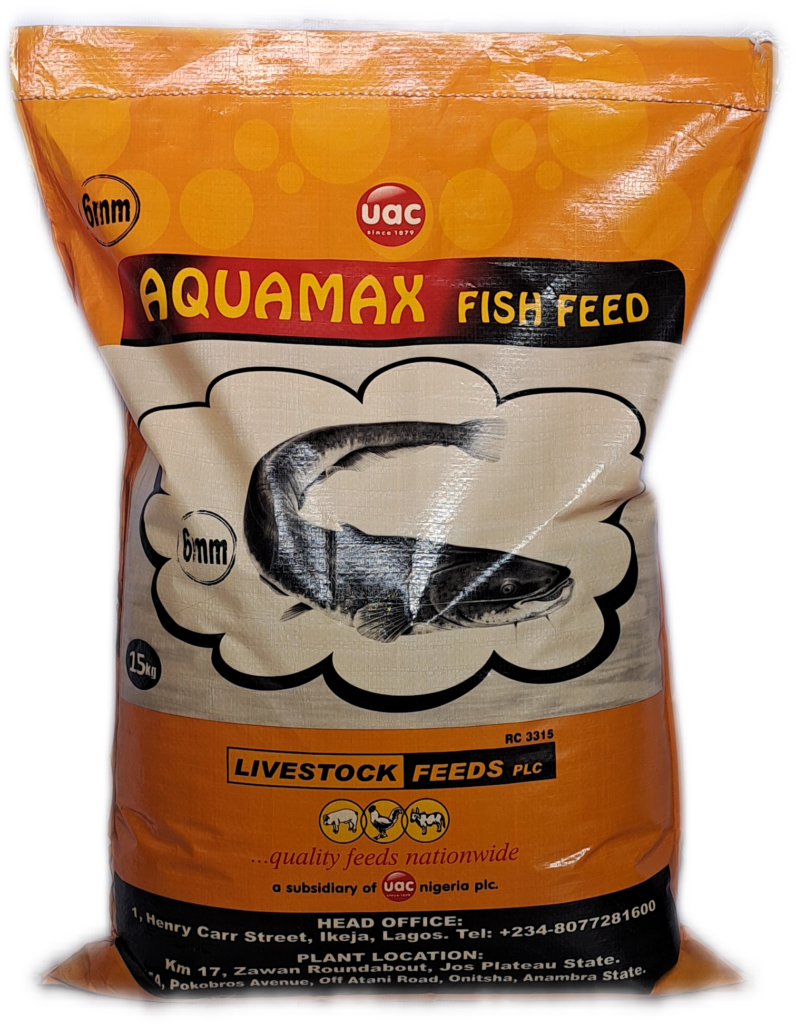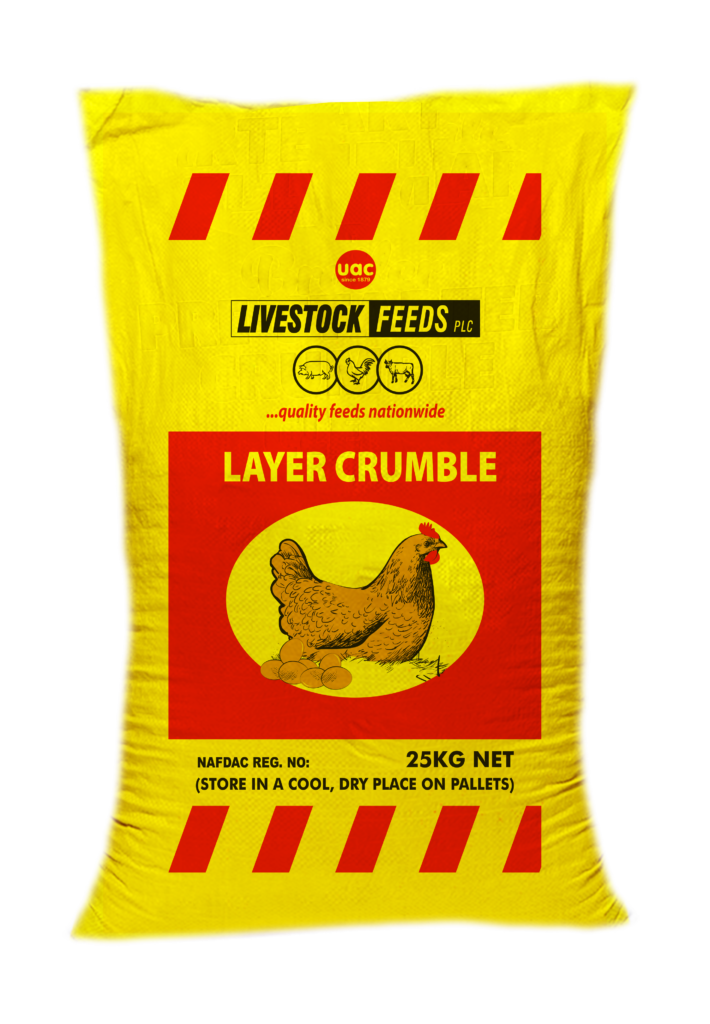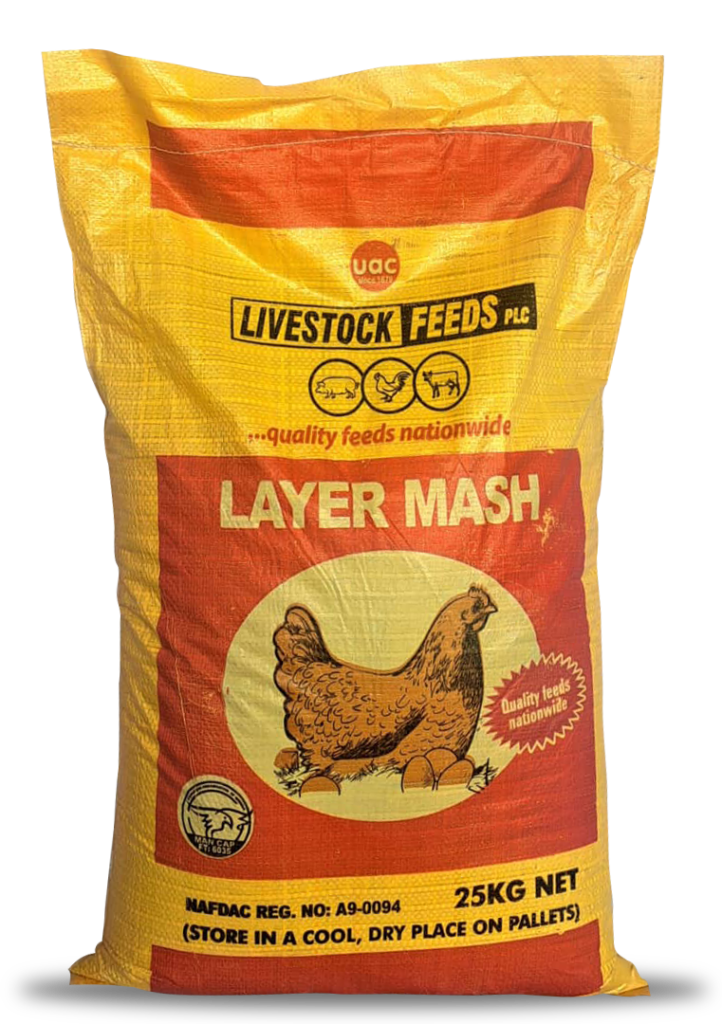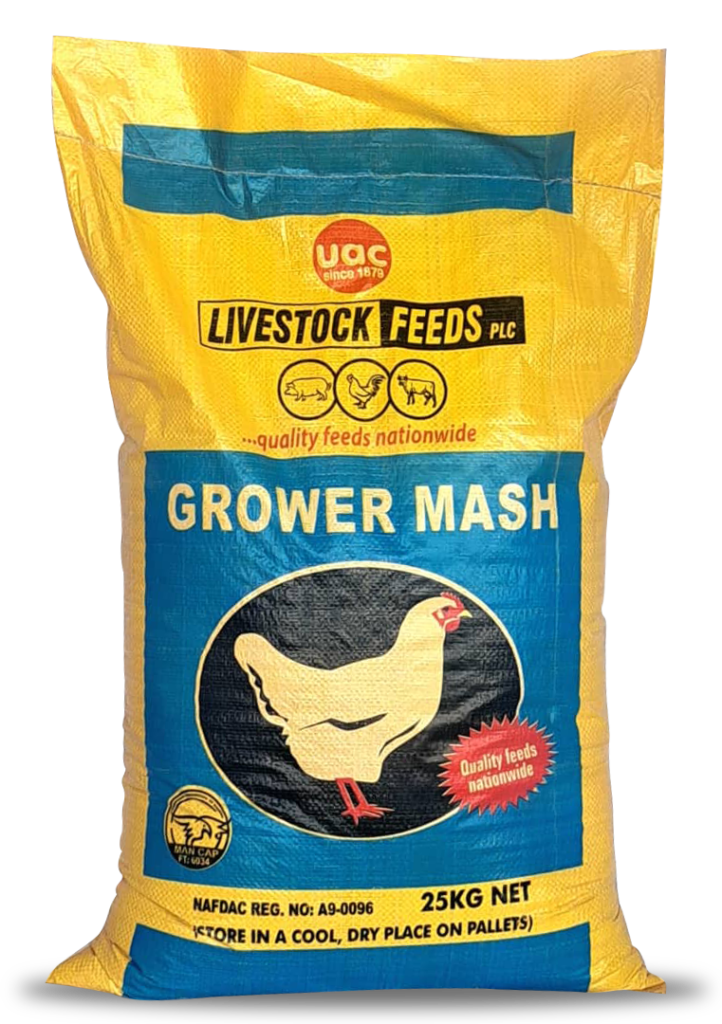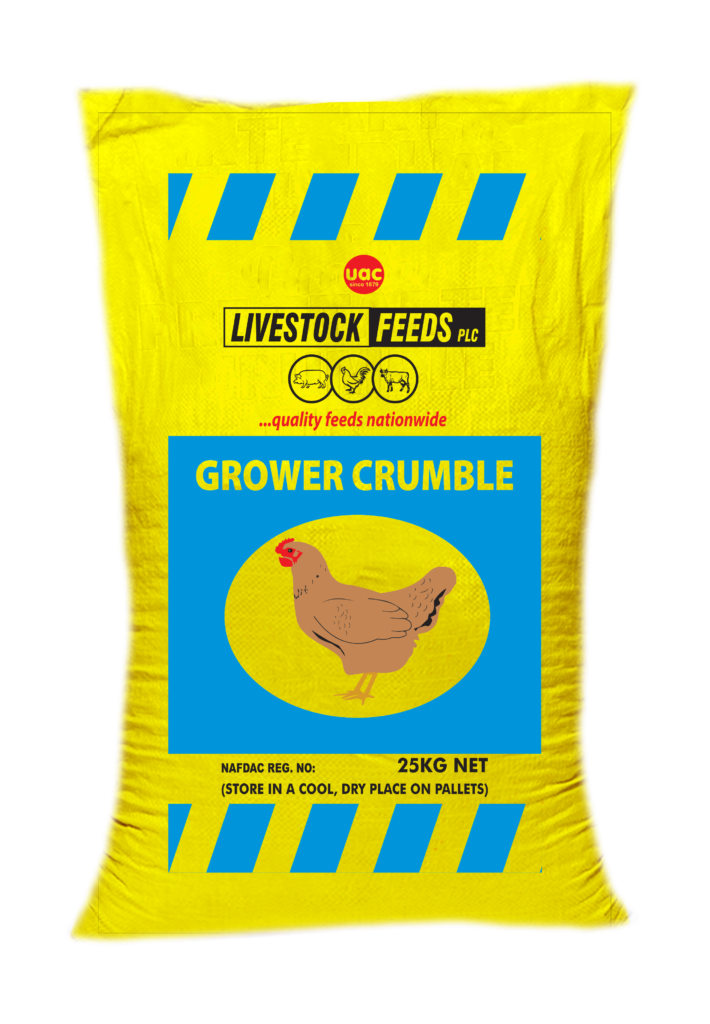Poultry farming is one of the most lucrative agribusinesses in Nigeria, offering opportunities for employment and income generation. With a growing demand for chicken meat and eggs, poultry farming presents a profitable venture for both small-scale and large-scale investors. If you are looking to start a poultry farm in Nigeria, this guide will walk you through the essential steps.
Step 1: Conduct Market Research
Before starting a poultry farm, it is important to conduct thorough market research to understand the demand and competition in your area. Identify potential customers such as hotels, restaurants, households, and supermarkets. Understanding the market dynamics will help you make informed decisions on the scale and type of poultry farming to engage in.
Step 2: Choose the Type of Poultry Farming
There are different types of poultry farming in Nigeria, including:
- Broiler Farming: Rearing chickens for meat production (usually ready for sale within 6-8 weeks).
- Layer Farming: Rearing chickens for egg production.
- Cockerel Farming: Similar to broiler farming but takes longer to mature (about 5-6 months).
- Turkey, Duck, and Quail Farming: Other poultry species that can be reared for meat or eggs. Choose the one that aligns with your budget, resources, and market demand.
Step 3: Develop a Business Plan
A well-structured business plan will serve as a roadmap for your poultry farming venture. It should include:
- Capital requirements and sources of funding
- Farm location and size
- Poultry breed selection
- Cost analysis (housing, feed, equipment, labor, etc.)
- Marketing strategy
- Potential risks and mitigation plans
- Regulatory documentation and necessary business registration
Step 4: Secure Capital and Location
Poultry farming requires adequate funding for land, equipment, feed, and medication. You can finance the business through personal savings, loans, or government agricultural grants. Choose a suitable location with good road access, a reliable water supply, and proper ventilation.
Step 5: Construct Poultry Housing
Poultry housing should provide comfort, security, and protection against harsh weather and predators. The major types of poultry housing include:
- Deep Litter System: Chickens are kept on sawdust or wood shavings spread on the floor.
- Battery Cage System: Chickens are housed in cages, allowing better management and higher egg production. Ensure proper spacing to prevent overcrowding and diseases.
Step 6: Procure Quality Chicks and Feeds
Source your chicks from reputable hatcheries to ensure high-quality breeds with good survival rates. Proper nutrition is essential for poultry health and growth. Provide balanced feed containing protein, vitamins, and minerals. Types of poultry feed include:
- Starter Feed: For chicks (0-6 weeks old).
- Grower Feed: For pullets (6-18 weeks old).
- Layer Feed: For egg-laying birds.
- Finisher Feed: For broilers nearing market size.
Step 7: Implement Proper Management Practices
Good poultry management is crucial for the success of your farm. Key management practices include:
- Providing clean drinking water and nutritious feed.
- Maintaining hygiene and biosecurity measures.
- Vaccinating birds against diseases such as Newcastle disease and fowlpox.
- Monitoring bird health and separating sick birds to prevent the spread of infections.
Step 8: Market and Sell Your Poultry Products
To make profits, develop a strong marketing strategy. Sell your products through:
- Local markets and supermarkets.
- Restaurants and hotels.
- Direct sales to consumers.
- Bulk supply to egg distributors and meat processors. Online platforms and social media can also help expand your customer base.
